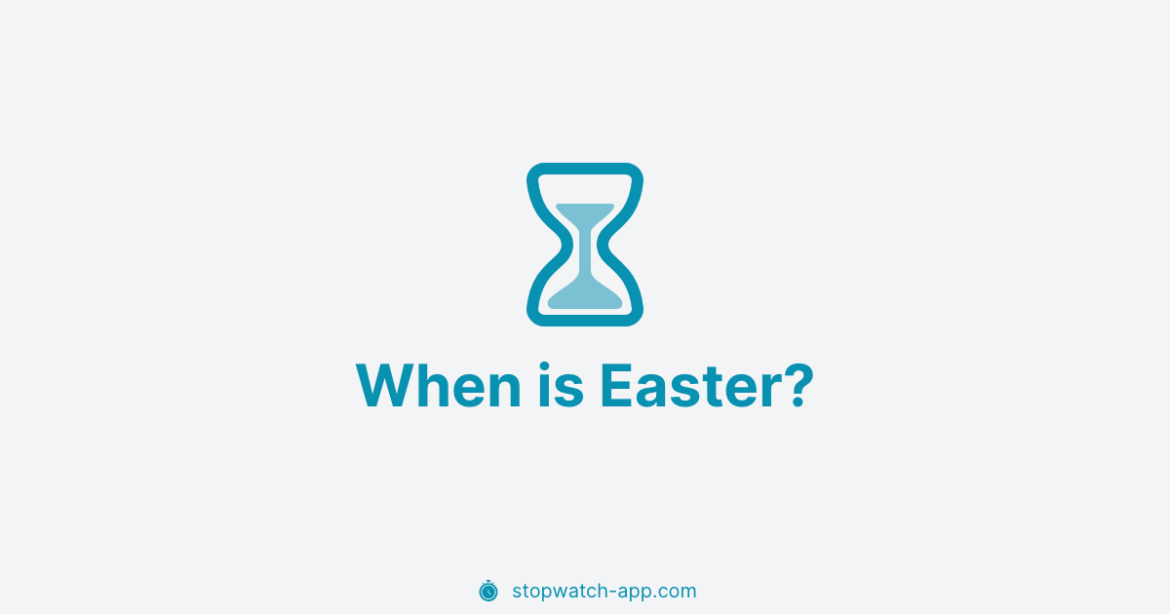Easter, the cornerston of the Christian liturgical calendar, is a day imbued with profound significance, commemorating the resurrection of Jesus Christ. In 2025, Easter Sunday will fall on April 20th, a date that graces the spring season, resonating with themes of renewal and rebirth. To understand the multifaceted celebration of Easter, it is essential to explore its historical roots, theological implications, and the diverse customs practiced by various Christian denominations.
The solemnity of Easter can be traced back to the very foundations of Christianity. According to Christian tradition, the resurrection of Jesus followed His crucifixion, which is observed on Good Friday. This pivotal event underscores the core tenet of Christian faith: the triumph of life over death. The precise identification of the date of Easter is determined by a lunisolar calendar, wherein it is celebrated on the first Sunday following the full moon on or after the vernal equinox. Consequently, the celebration can occur as early as March 22nd and as late as April 25th, bestowing each Easter with a unique temporal context.
As we approach Easter Sunday in 2025, it is imperative to delve into the theological reflections that accompany this sacred observance. The resurrection is not merely an event in history; it serves as a pivotal symbol of hope and divine love. The notion of resurrection signifies the promise of eternal life for believers, fundamentally altering the lens through which one views suffering and mortality. This theological premise can evoke deep personal and communal contemplation, inviting Christians to engage fervently in prayer and reflection during the Lenten season, which precedes Easter.
The Lenten season, commencing on Ash Wednesday and spanning 40 days, is traditionally a time of penance, fasting, and almsgiving. It serves as a preparatory journey leading up to the resurrection feast. Many Christians partake in various forms of fasting, abstaining from certain foods or pleasurable activities as a means to purify the soul, fostering a deeper connection with God. The intentional act of self-denial during Lent not only heightens the anticipation for Easter but also encourages personal growth and spiritual renewal.
As Easter Sunday approaches, numerous rituals and customs emerge. In many Western Christian traditions, the Easter Vigil, celebrated on the night before Easter, marks the transition from the somber nature of Good Friday to the joyous celebration of resurrection. This ceremony often includes the lighting of the Paschal candle, symbolizing Christ as the light of the world, and the recitation of the Exsultet, an ancient Easter proclamation that articulates the significance of Christ’s resurrection.
Moreover, Easter Sunday is frequently characterized by vibrant worship services within church communities. These gatherings are replete with uplifting hymns, joyful prayers, and engaging sermons that encapsulate the essence of resurrection. It is customary for congregations to come together in fellowship, sharing in the exuberance that this day brings. Many churches also hold sunrise services, which provide a unique opportunity to witness the dawn, mirroring the dawning of a new life through Christ’s resurrection.
Culturally, Easter has evolved, assimilating various folkloric traditions that enrich its celebration. The figure of the Easter Bunny, for instance, serves as a light-hearted emblem of spring and fertility. Originating from pagan customs, the Easter Bunny’s representation of new life aligns harmoniously with the themes of resurrection and regeneration inherent in Easter. Children often partake in Easter egg hunts, searching for hidden eggs symbolizing the reemergence of life following the winter months.
Food traditions also play a significant role during Easter celebrations. From families gathering for a robust Easter feast to the preparation of symbolic dishes, culinary practices vary widely across cultures. In many Western countries, lamb is a common centerpiece, reflecting Jesus as the “Lamb of God.” Additionally, treats such as hot cross buns, decorated eggs, and various pastries can be found adorning tables, each laden with cultural significance and festive delight.
Throughout the world, diverse Christian denominations enact their unique customs and interpretations of Easter. Eastern Orthodox Christians, for instance, follow the Julian calendar, resulting in a different date for Easter celebrations, often occurring later than those in the Western tradition. Their observance is marked by profound rituals, including Holy Week services and a joyous midnight procession on the eve of Pascha, bursting into the chant, “Christ is risen!” in response to the echoing proclamation. This strikingly different observance enriches the global tapestry of Easter traditions.
The implications of Easter extend beyond personal celebration. It serves as a catalyst for greater understanding and unity among Christians worldwide. Engaging with different traditions can cultivate appreciation for the diverse expressions of faith, ultimately leading to a more enriched spiritual experience. As 2025 approaches, Christians are encouraged to reflect on how they can embody the resurrection’s message: to offer hope, love, and reconciliation in their communities.
In sum, Easter 2025 will not just be a date marked on calendars; it stands as a significant opportunity for Christians to engage deeply with their faith, reflect on the promise of resurrection, and participate in a rich tapestry of traditions. Moreover, it provides an occasion for spiritual rejuvenation, both individually and communally. The celebration of Easter serves as a timeless reminder of the transformative power of love and hope found in the resurrection, transcending cultural boundaries and embracing all humanity in its empowering message.



